How Australian Chiropractors Transformed World Physiotherapy
Osteopathy was devised in 1870s America by Dr Andrew Taylor Still (1828-1917) and chiropractic some twenty years later by David …
Osteopathy was devised in 1870s America by Dr Andrew Taylor Still (1828-1917) and chiropractic some twenty years later by David …
The first course in physiotherapy at the University of Queensland commenced in 1938. Like other programs in Australia and around …
An Overview of the Origins and History 1888 to1992 During the early to mid-1970s I was privileged to work as …
In 1986 Stephanie Short, a physiotherapist and sociologist, published an article in the Australian Journal of Physiotherapy titled, “Physiotherapy – …
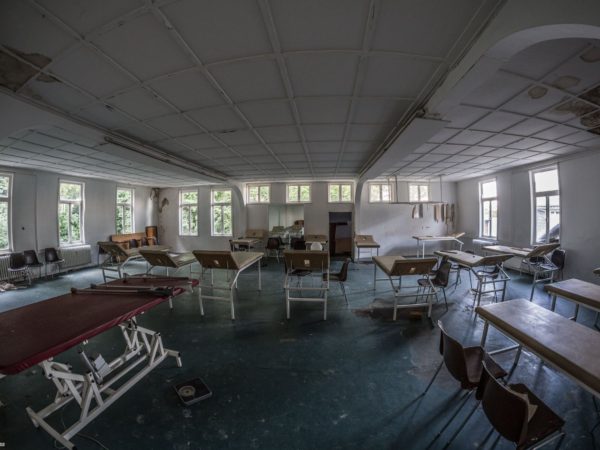
Abandoned architectural, infrastructural or technological artifacts of the past are scattered all around the world, reminding us that nothing built by (wo)man can ever stand the test of time on its own. The reasons behind the abandonment of such places vary, and for a long time in most cases they …
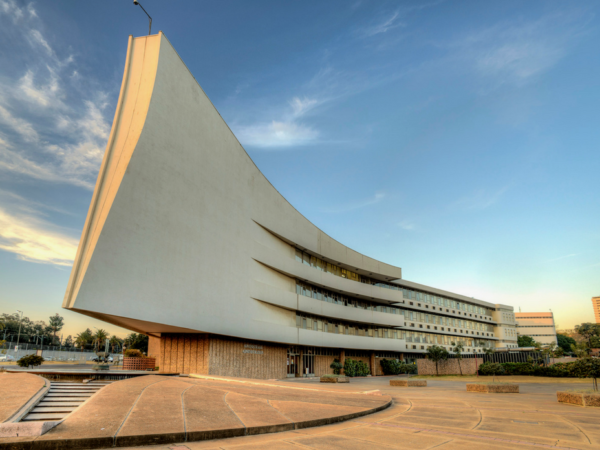
Introduction The history of the development of Physiotherapy as a profession as well as the development of Physiotherapy as a professional degree at the University of Pretoria should be seen in the greater context of the Development of Physiotherapy as a profession in South Africa. In the first section of …
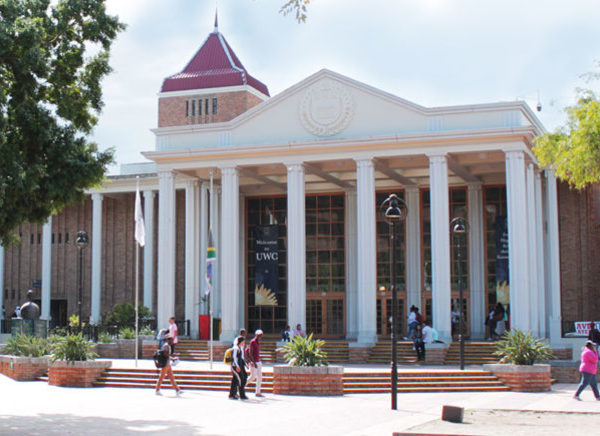
When reflecting on the history of an academic institution, one cannot ignore the historical and political context in which it was established. The ruling Nationalist Party ensured separate development through its Apartheid policy of racial segregation at all levels of society, including education. Access to historically white universities (HWUs) was …
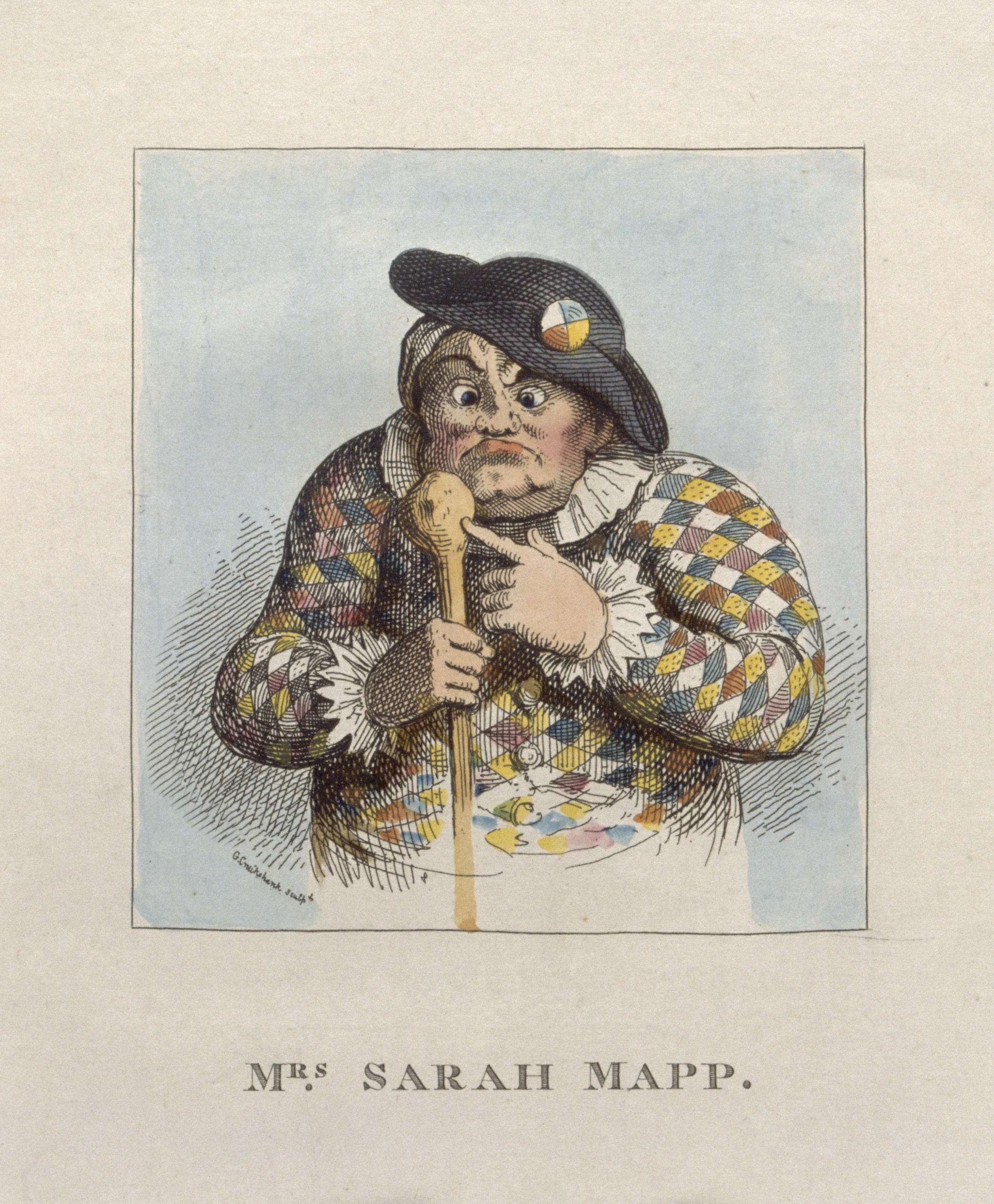
Understanding the complex history of the manipulation in the physiotherapy profession requires a recognition of the role of traditional lay healers such as bonesetters have played. Here is a sampling which to some may be quite interesting: During the 18-19thcentury there was a considerable growth in the middle-class as industrialization …
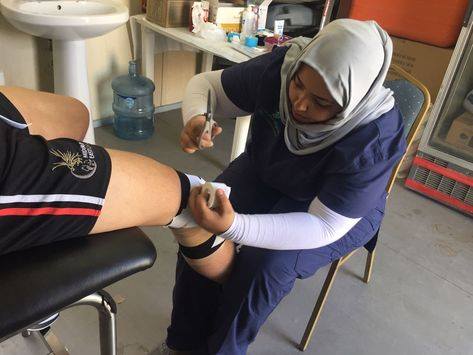
Very much in the centre of our familiar flat world map is a small country with a coastline at the north east of the Arabian Peninsula on what we call the Arabian Sea and other may know as the Persian Gulf. In fact, this area has been long fought over, …
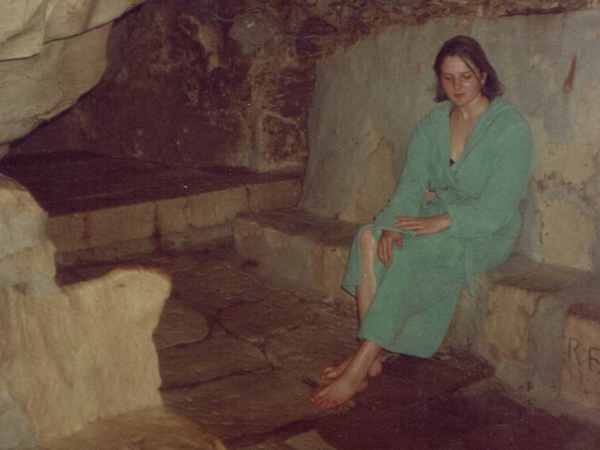
A town on the south-western coast of Sicily, Sciacca, has developed a peculiar history in the use of thermo-mineral waters and vapour grottoes since high antiquity. Today, its geo-thermal area is still marked by two streams, the Carabollace on the eastern side and Carrozza on the western, which receive their …

Meio-termo no sentido aristotélico¹, não se aplica quando situamos o Estado de Pernambuco como Celeiro de Fisioterapeutas para o país; preferimos o excesso. E assim estamos em boa companhia, quando o Prof. Miguel Doherty no prefácio do livro O Trabalho Médico Científico², de Ruy Neves Baptista (Recife: Bagaço, 2003) referindo-se …
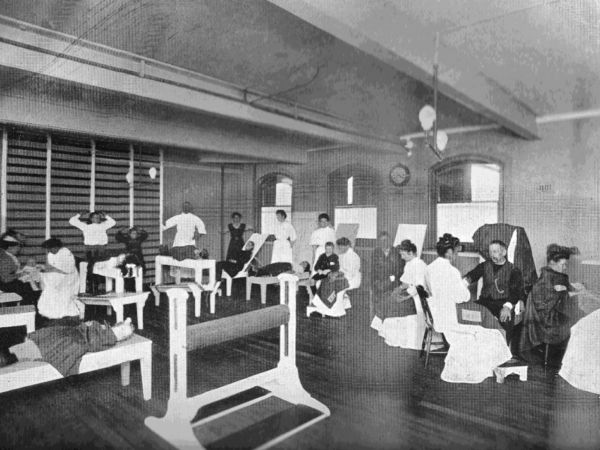
In 1889 lectures and exams on the subject of ‘the massage battery’ were given to trainee third year nurses, who initially carried out practical work in massage and electricity in the Royal Prince Alfred (RPA) wards and outpatients department. These practices reflected the overseas work of Swedish practitioner Per Henrik …

When the Society of Trained Masseuses (now the Chartered Society of Physiotherapy) was formed in the UK in 1894, its founders set out a number of rules for professional practice1. Although the massage scandals in the summer of 18942 had highlighted the need for a professional masseuse, the founders of the …
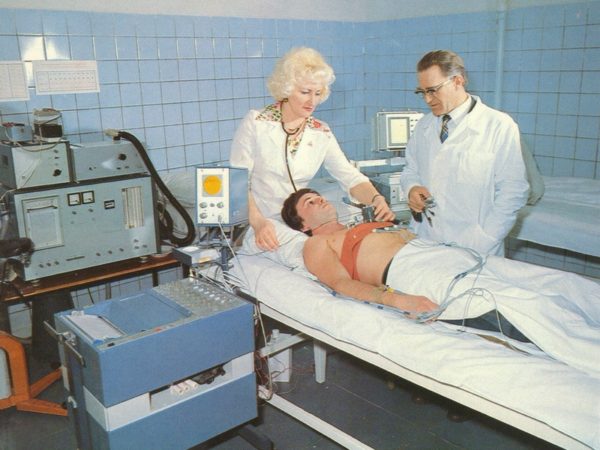
In the late 1960s and early 1970s, Physiotherapy in the UK suffered several setbacks on the road to professional autonomy. This was very disappointing for physiotherapy in the UK, particularly given the developments which took place in the late 1950s and early 1960s with the advent of Government and public …